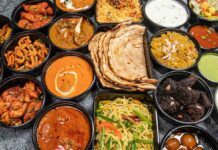When it comes to mythology, we have several interesting tales and beliefs from all around the world. Be it Greek mythology or Indian, every single mythology has interesting tales, beliefs, and Gods. One of them is Norse Mythology. Norse mythology refers to the framework of Scandivnian that was sustained around the time of the Viking Age.
During the Middle Ages, people had their own belief of vibrant native pagan religion that was harshly magnificent as the Nordic landscape to which it was closely connected. Today what we call “North Mythology” was the centerpiece of that religion. The mythological tales of Norse revolve around the Norse Gods and Goddesses that will definitely fascinate you too!
The Norse religion that contains these myths never had a true name. The people who used to follow and practiced a religion called it just a ‘tradition.’ Religions are just an attempt by mankind to reach the numinous, and the Norse religion was obviously no exception. The world of Norse mythological is both comprehensive and complex. The Norse mythology has so many Norse Gods and Goddesses revered in customs integrated into the ancient Scandinavians’ daily lives.
North Mythology’s worldview can be expressed in four phases. These four phases are as follows- The one where everything and the world were created, creating this whole world, is included in the first phase. In the second phase in which time is started. The third phase, in which the world of Ragnarök was destructed and the last phase showcases the beginning of a new world from the sea.
THE BEGINNING OF THE NORSE MYTHOLOGY
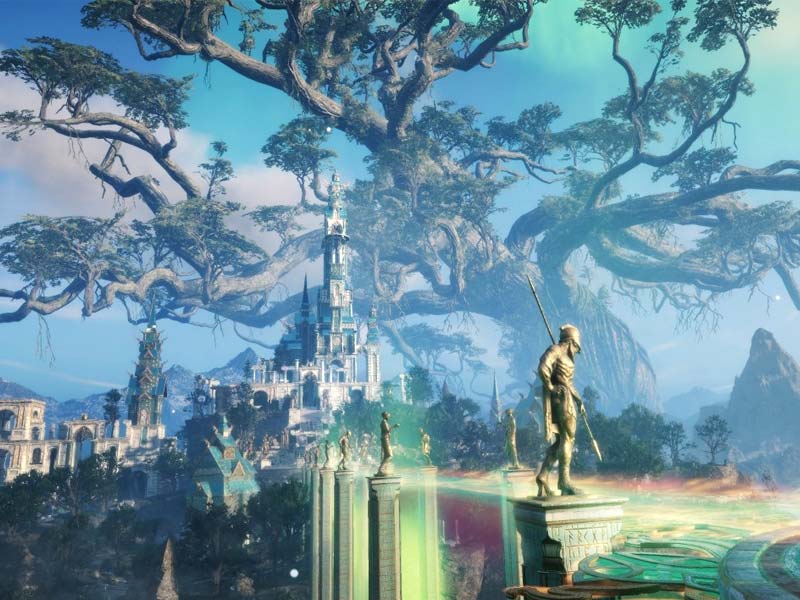
Before the beginning of Norse mythology, a Ginnungagap was a void where the world was created. A bottomless abyss separated the city of the fiery land of Muspelheim and the city of icy land of Niflheim. These two rose in power and then clashed. Their clash resulted in the burning of frost that turned into the water droplets, and those water drops turn into life.
The first living being was a hermaphroditic giant, Ymir, who was also the result of life-giving drop waters. The death of Ymir was caused by Odin and his brothers. Then Odin, Vili, and Ve, the descendants of Ymir, created the whole mythological Universe of Nordic culture from his bones, teeth, hair, flesh, brains, skulls, eyelashes, and blood.
Also Read, The Great Greek Gods who Reside in Mount Olympus
THE NORSE GODS
The Norse Gods and Goddesses are associated with two major clans and, i.e., Aesir and Vanir. Some belong to the Aesir clan, such as Odin, Frigg, Thor, Loki, Hod, Heimdall, Tyr, and Balder, represent the Aesir clan Norse Gods and some to Vanir. Vanir clan contains the fertility Gods such as Freyr, Freyja, and Njord. Let’s know about them a little more!
ODIN
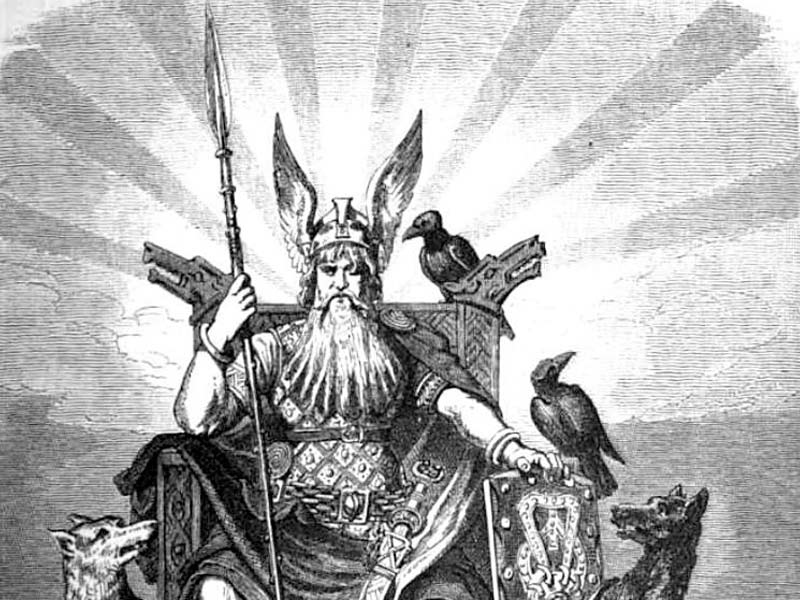
Talking about Norse Gods and Goddesses, how can we begin without Odin, the supreme deity and the greatest among the Norse Gods. Odin is considered the Allfather of the Aesir. Odin was the inspiration for many as a King of Asgard. Odin was an unrelenting quest for knowledge with his two wolves, two ravens, and Valkyries. Odin is regarded as the God of War, God of Poetry, and God of Magic.
Odin is mostly known for his sacrifice of one eye to see the cosmos more clearly. Also, his thirst for wisdom made him hang from the World Tree, Yggdrasil, for nine nights and days. And then he was blessed with the knowledge of the runic alphabet. His efforts made him unlock the numerous mysteries of the Universe.
FRIGG
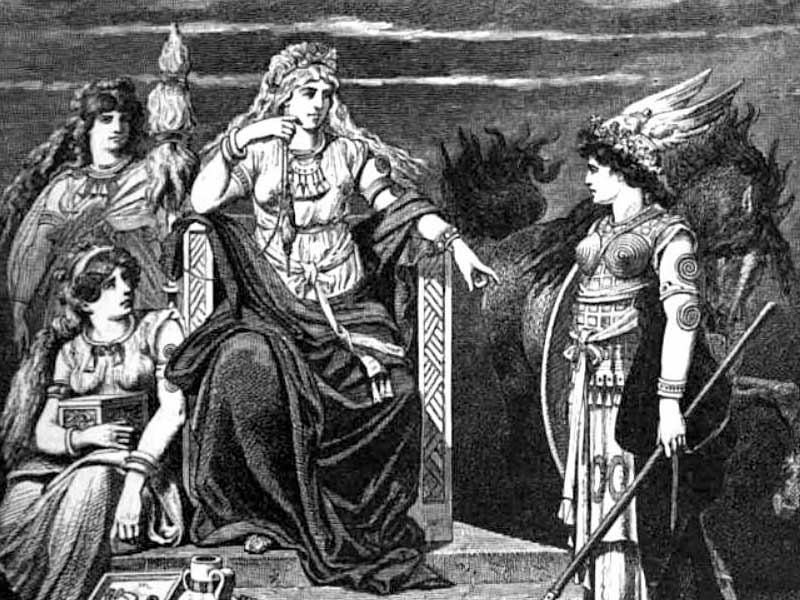
Frigg was the mighty queen of Asgard, wife of Odin, and paragon of fertility, fate, love, and beauty. The Norse Goddess Frigg was gifted with the power of divination and still was surrounded by an air of secrecy. Frigg was the only Goddess who was allowed to sit next to her husband. She was a loving and protective mother. That is why she took an oath from the elements, weapons, beasts, and poisons that they will never hurt her beloved child Balder. Loki, a most deceitful God, broke her trust.
BALDER
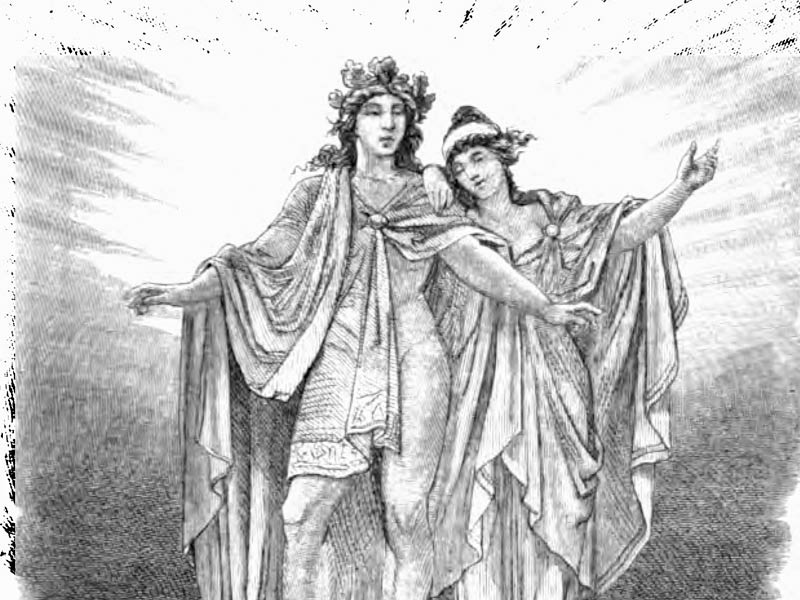
Balder, the son of Frigg and Odin, is one of the Norse Gods and is often described as living between heaven and earth. Balder is considered as an epitome of kindness, fairness, beauty, and radiant. In Norse mythology, he is treated as immortal but was killed with mistletoe, the golden bough that contained both his death and life.
LOKI
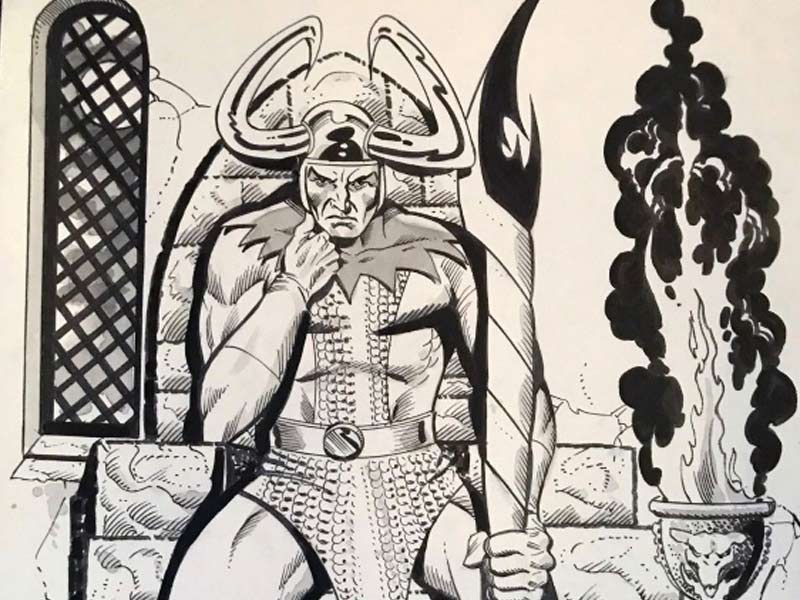
Loki is considered one of the mischievous Norse Gods. He could shape-shift and take up animalistic forms. He tricked an old blind god, Hod, to throw a branch at Balder, killing him. He was conceived under a scheme to kill Balder and played this trick upon learning that the cause of the death of Balder can only be a mistletoe.
THOR

The Norse God of Mythology, Thor, is known for his bravery, righteousness, strength, and healing powers. Thor was the most famous son of Odin. He is considered the protector of humanity and the powerful God of thunder who wielded a hammer named Mjolnir.
FREYA
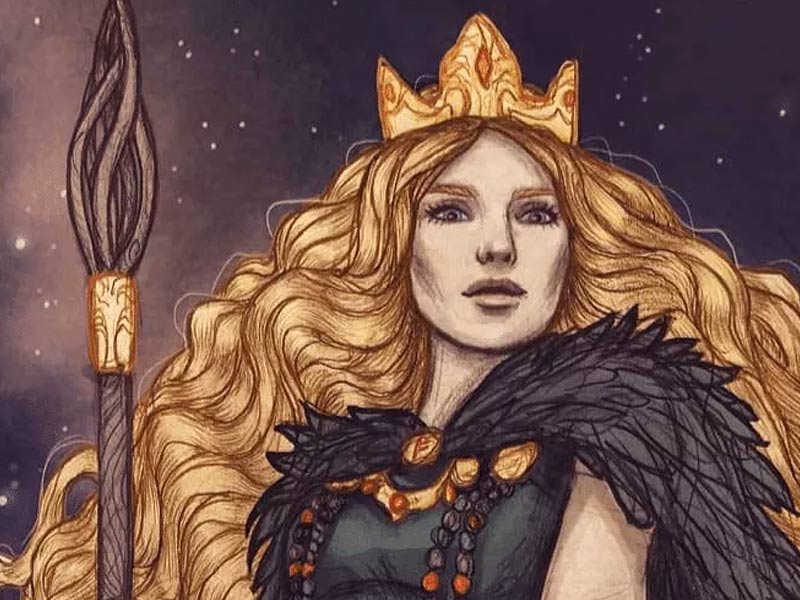
One of the most passionate and sensual Goddesses of Norse mythology is Freya. The qualities of Freya are so much similar to that of Frigg. She is also considered the Goddess of Love, beauty, and fertility. Freya was the sister of Freyr.
FREYR
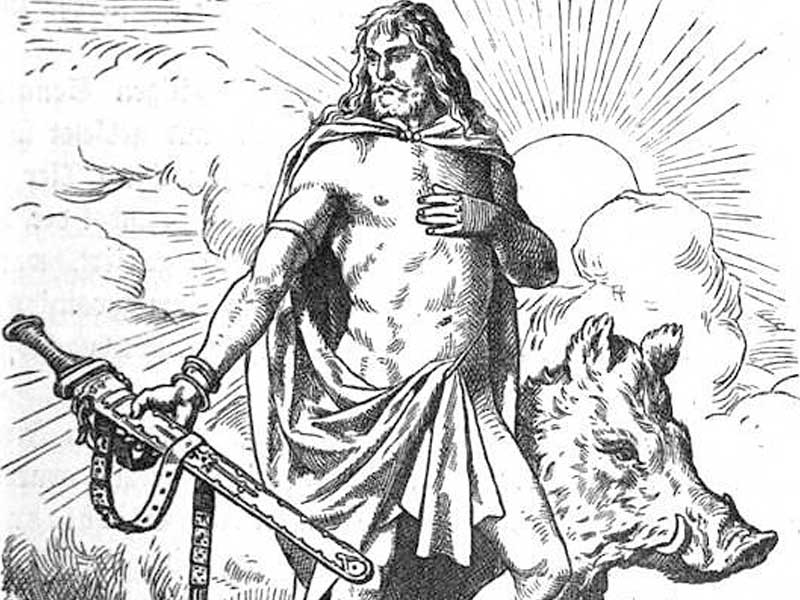
Freyr, the brother of Freya, is one of the most famous Norse Gods. He is one of the most respected Norse Gods for the clan of Vanir. He is considered the God of Fertility and represented as the symbol of pleasant weather conditions and prosperity. He is often portrayed with a large phallus.
HEIMDALL
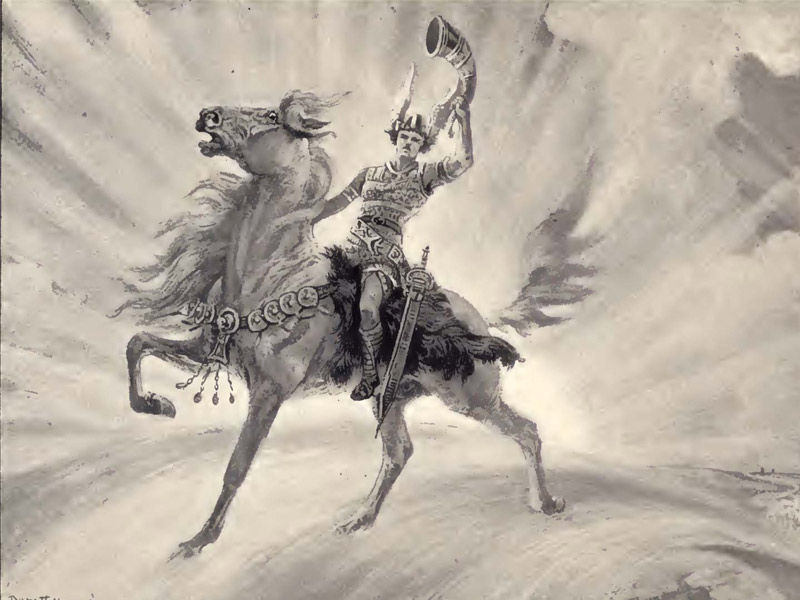
Heimdall, known as the ‘shiniest’ of all Norse Gods. He is called so because of his ‘whitest skin’. Heimdall was also the son of Odin and is often found seated at the Bifrost, the rainbow bridge that connects Asgard to the world of Aesir tribe Gods, with Midgard, the world of humanity. He always remained alert and guarded the Asgard against attacks.
HEL
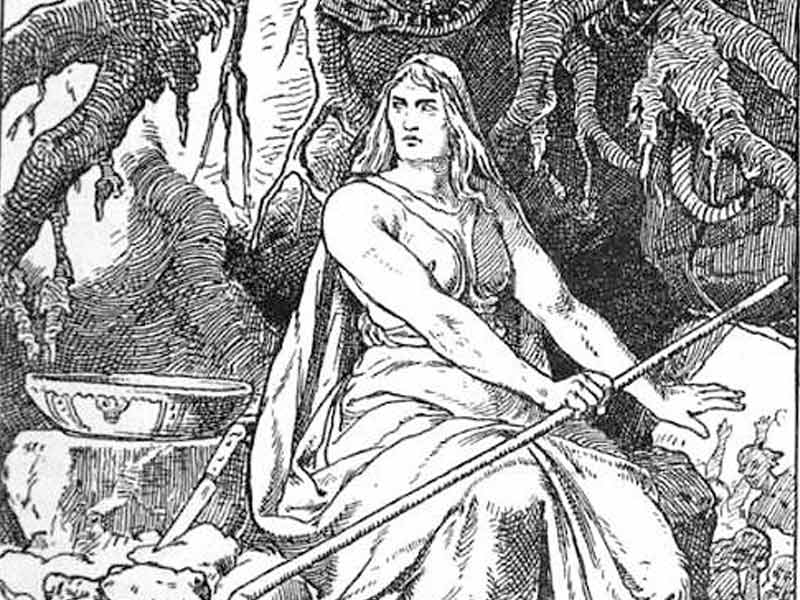
Hel is considered as the Norse Goddess and the ruler of the Norse Underworld. The Norse underworld has the same name as Hel but is also known as Helheim. Her appearance is death-like, and she has pale skin. She houses and nurtures every single creature who enters her realm. She was the daughter of Loki and even considered more powerful than Odin.
VIDAR

Vidar, too, in Norse Gods, is an extremely powerful God and is one of the sons of supreme God Odin. There is a belief that Vidar was the strongest among all the men God except Thor. His power was proved at the time of Ragnarok when he killed Loki’s giant wolf-son, Fenrir.
Also Read, The Strongest Gods of Egyptian Pantheon
VALE
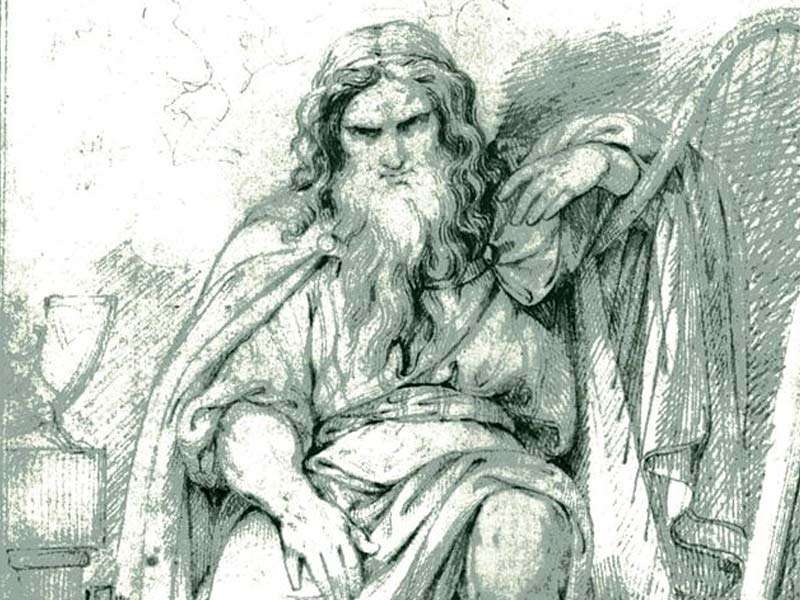
According to Norse Mythology, Vale was also the son of Odin, who avenged the death of Balder. He killed Hod, the God who pierced Balder to death with mistletoe. He proved himself a warrior by surviving the Ragnarok, which only a few Norse Gods survived.
ELLI
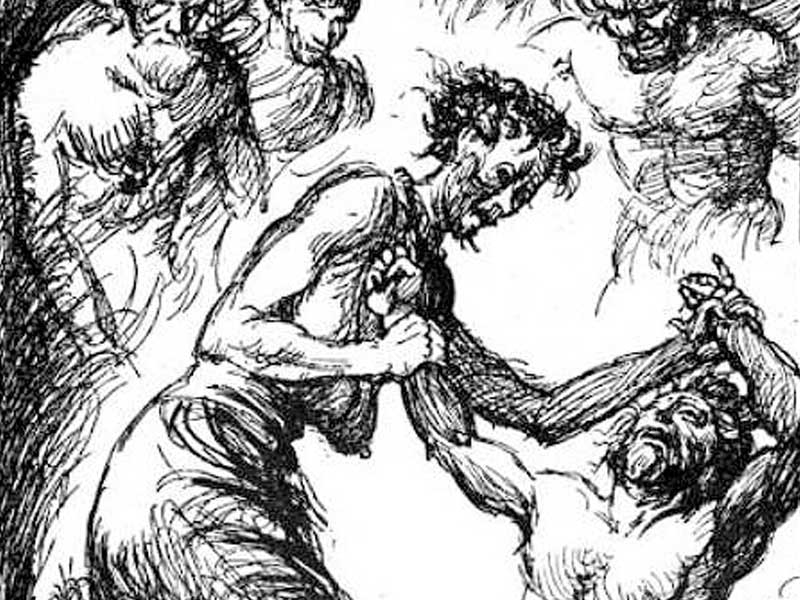
One of the Norse Goddesses was Elli. She is considered the Norse Goddess of old age but has a power level that doesn’t match her appearance. She takes the form of an old woman, but her strength could not be denied. She even defeated Thor in a wrestling match that was orchestrated by Loki.

























